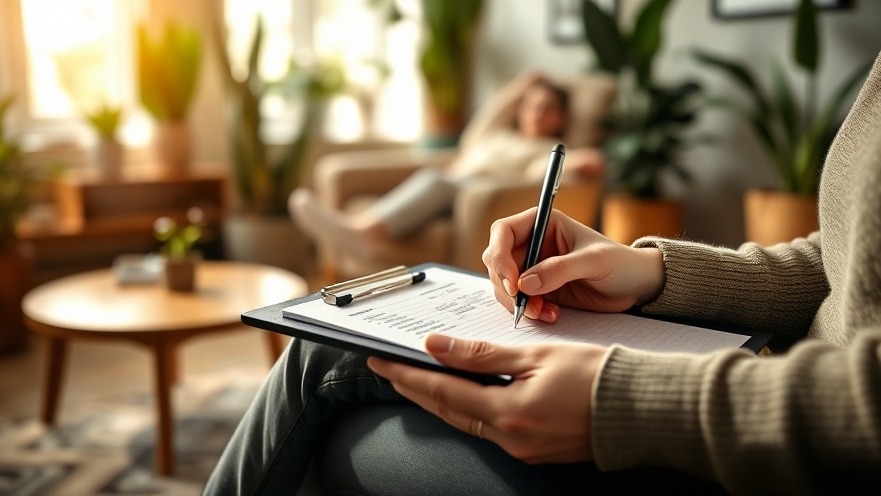
Mastering Efficient Therapy Notes: Why It Matters
In the fast-paced world of healthcare, therapists often find themselves buried under heaps of documentation needed to ensure effective treatment and compliance. Efficient therapy notes are not just a matter of record-keeping; they are essential for reducing burnout among healthcare providers, improving work-life balance, enhancing patient care, and ensuring legal compliance. By streamlining the note-writing process, therapists can focus more on what truly matters: their clients.
Utilizing Effective Note Templates
One of the most effective strategies for writing therapy notes faster is to use standardized note templates. Some of the most popular formats include the SOAP (Subjective, Objective, Assessment, Plan) model, which helps capture essential details succinctly, and DAP (Data, Assessment, Plan), a slightly simplified version that maintains clarity without unnecessary complexity. Another useful format is BIRP (Behavior, Intervention, Response, Plan), which specifically caters to behavioral health interventions. Additionally, using progress notes with checklists allows therapists to expedite the process by checking off commonly used phrases and interventions, preventing the need to rewrite information repeatedly.
Embracing Technology and AI
Modern technology offers a multitude of ways to enhance efficiency in note-taking. AI-powered tools designed for therapists can transcribe sessions and summarize critical points, enabling professionals to focus on their clients rather than the paperwork. Voice-to-text software can also be a game-changer, as it allows therapists to dictate notes rather than type them, which can save a significant amount of time. Furthermore, many electronic health record (EHR) systems have customizable macros and templates, as well as auto-populating fields for frequently used information, which adds yet another layer of efficiency when writing notes.
Documenting Immediately After Sessions
Another powerful strategy to consider is writing notes immediately after client sessions. Delaying this task often leads to forgotten details, which can hinder proper documentation and increase stress as unfinished notes pile up. By capturing information quickly while it is still fresh in their minds, therapists can avoid memory gap pitfalls and maintain accuracy. If immediate documentation is not feasible, jotting down bullet points or key phrases during or right after the session can set a solid foundation for more exhaustive notes later.
Keeping It Concise
While it’s important for therapy notes to be detailed enough to capture clinical reasoning, they need not be excessively long. Therapists can stick to clinically relevant details, avoiding unnecessary storytelling that can unnecessarily prolong the note-writing process. Moreover, using abbreviations where appropriate – such as ‘CBT’ for Cognitive Behavioral Therapy – can significantly save time and maintain clarity, making notes easier to read and use in future sessions.
Conclusion: The Positive Ripple Effects of Efficient Note-Taking
By adopting these strategies, therapists can transform their approach to note-taking, resulting in reduced burnout, enhanced client relationships, and improved compliance with regulations. Adopting technology, utilizing standardized templates, documenting promptly, and keeping notes concise are not just about saving time; they are about ensuring better care and a healthier work environment.
For therapists eager to improve their practice's efficiency, the message is clear: refining your documentation process is not just beneficial; it is essential for quality care. Embrace these techniques and watch your practice flourish.
 Add Row
Add Row  Add
Add 




Write A Comment